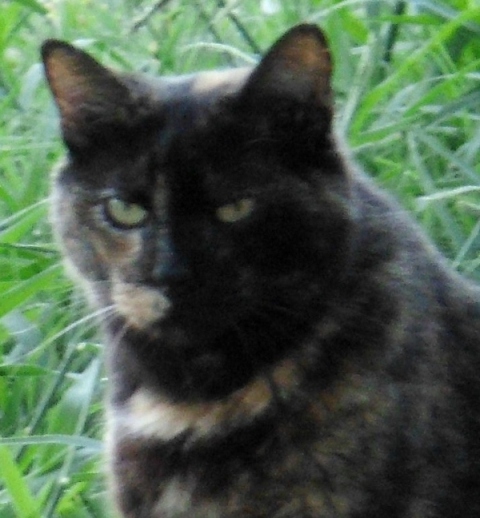
My name is Lucy, and I am one of the many faces of diabetes.
Although many people may think of diabetes as only a human condition, animals can be diabetic too. The symptoms of diabetes in animals are much the same as for people. I was diagnosed 10 months ago. My people first noticed that I was losing weight and not eating well. I'm very old, about the same in age and mobility as a person over 80 years, so my people thought it was attributed to age. Then they saw that I was drinking a lot of water, and they knew it was more than just age. They took me to the doctor for tests, and with BG levels over 500, that confirmed I am diabetic.
Learning to manage my diabetes has not been easy, but we are all working on it. We take it slow, finding the correct daily dose of insulin, making adjustments as needed.
This may surprise you, but most cats manage better with the same kind of insulin that people use. Because we metabolize insulin quickly, so we need something long lasting and slow acting. I'm treated with insulin Glargine (Lantus). I don't enjoy my twice daily injections, but I wouldn't be here today without insulin. I also don't like having my ears stuck to take my BG levels. If I ate more wet food, less carbs, I might not need insulin, but at my age, I am reluctant to change my ways. However, we are all on a better diet now, to ensure the other cats here don't get diabetes too.
Diabetes affects everyone in our families, people and pets. With proper diet, feline diabetes can be prevented, and fewer kitties like me will be one of the faces of diabetes!
Oklahoma City, OK